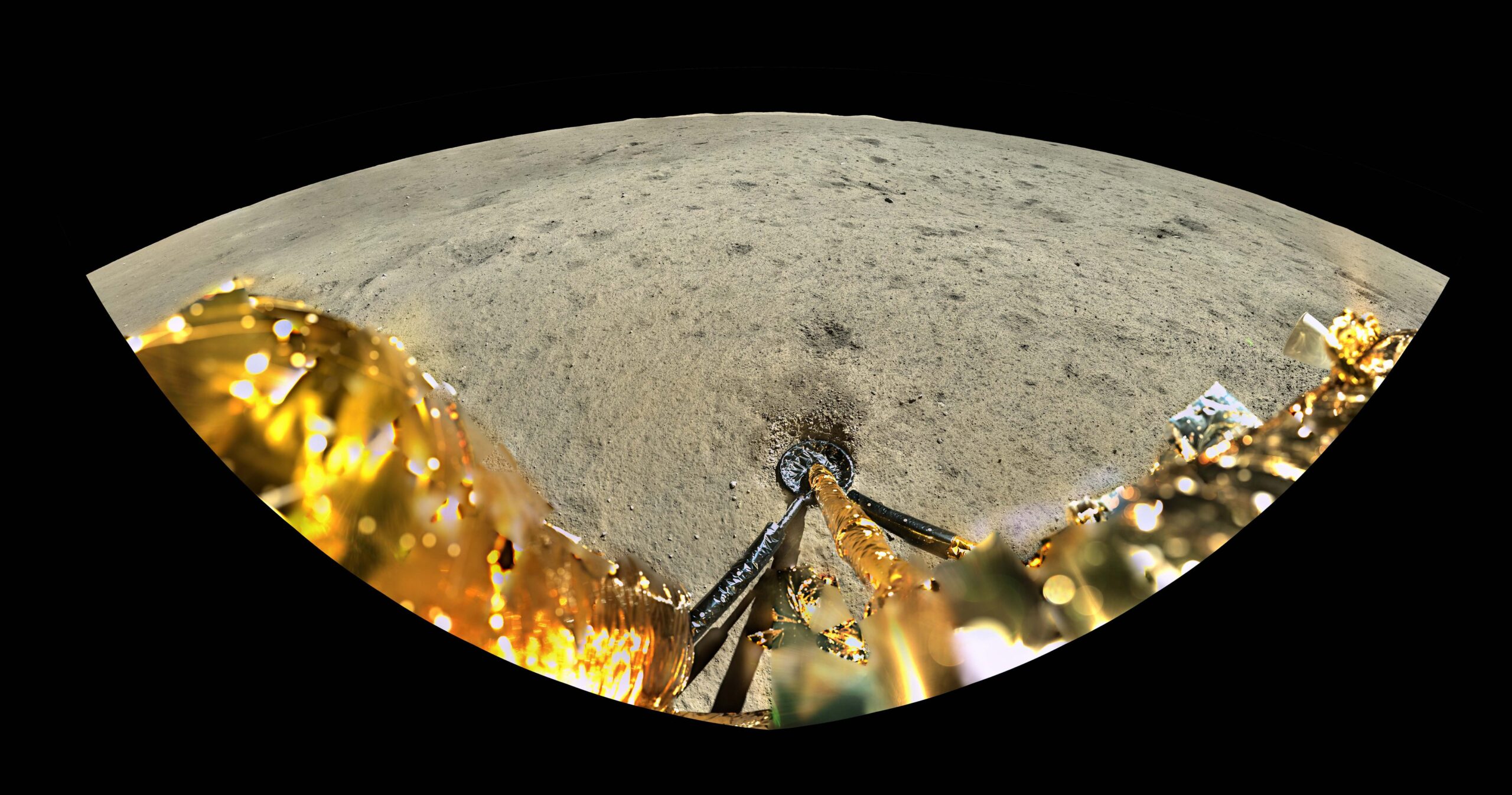HELSINKI — European-Chinese cooperation in lunar exploration may end despite successful cooperation on the ongoing Chang’e-6 mission.
ESA provided a payload for China’s remote lunar sampler return mission Chang’e-6, which launched on May 3. The mission aims to collect and return samples from the lunar far side, providing unprecedented insights into the moon’s composition and history.
An instrument developed by the Swedish Institute of Space Physics was aboard the Chang’e-6 lander, which earlier this month landed and sampled the mid-latitude Apollo Crater in the South Pole-Aitken Basin.
The European team working with the Negative Ions on the Lunar Surface (NILS) instrument confirmed the success of their science mission. The payload made the first detection of negative ions on the lunar surface.
“The discovery of a new plasma component on the lunar surface opens a new window for space physics and for human and robotic missions in an era of renewed lunar exploration,” ESA said.
China is preparing for two lunar missions to the south pole with Chang’e-7 around 2026 and Chang’e-8 using in-country resources and technology mission no earlier than 2028.
However, the successful cooperation of the NILS experiment with Chang’e-6 may mark the end of an era of ESA-China lunar cooperation.
“At the moment there are no decisions to continue cooperation on Chang’e-7 or -8,” said Karl Bergquist, ESA’s international relations administrator. SpaceNews.
Further, ESA will not be involved in the China-led International Lunar Research Station (ILRS).
“ESA will not cooperate on ILRS as this is a Sino-Russian initiative and space cooperation with Russia is currently embargoed,” Bergquist said.
It is the latest blow to Sino-European space cooperation. ESA last year also announced it would no longer pursue opportunities to send European astronauts to the Tiangong space station. China and ESA had previously conducted training exchanges.
ILRS, partners and Russian ratification
China and Russia officially presented a joint roadmap for the project in St. Petersburg in June 2021. The moon base will initially be robotic, built through super-heavy rocket launches in the 2030s. It will also host crewed missions.
Moscow and Beijing had requested the withdrawal of ESA and its member states to participate in the project. The Russian invasion of Ukraine in February 2022 signaled the end of any prospect of cooperation.
China has taken a leading role in ILRS since 2022. The project headquarters will be located in China. The China National Space Administration (CNSA) and its Deep Space Exploration Laboratory (DSEL) have been at the center of efforts to attract partners, never mentioning Russia as a partner. Most of these efforts, as with China’s broader diplomatic efforts, have focused on the “global south.”
Now 11 countries, as well as other bodies, have registered. Russian reports say Turkey has also applied to join the ILRS. Russian President Vladimir Putin signed a law on June 12 ratifying an intergovernmental agreement with China to establish the ILRS.
The European Space Agency is currently engaged in the Gateway and Artemis programs. A number of its member states have signed the Artemis Agreement. 42 countries have now signed the agreement.
The TArtemis and ILRS projects and related diplomatic efforts can be perceived as forming separate groups. However, there is a small degree of overlap. This includes Bahrain, a signatory to the Agreement, which recently agreed to cooperate with Egypt to develop a hyperspectral imager for Chang’e-7.
As for post-ISS plans for human spaceflight – which previously included Tiangong – ESA has signed agreements for commercial space stations Starlab and Vast.
Cooperation with China will continue at least in the near future. Samples collected by Chang’e-6 are currently in lunar orbit awaiting a return to Earth, expected around June 25.
ESA will provide ground station support for Chang’e-6, as it did for Chang’e-5 through its tracking station network, ESTRACK.
The Maspalomas Station in Gran Canaria, Spain, will track the Chang’e-6 spacecraft as it returns to Earth around June 25. The Kourou station in French Guiana tracked the spacecraft for several hours after launch to confirm its orbit.
